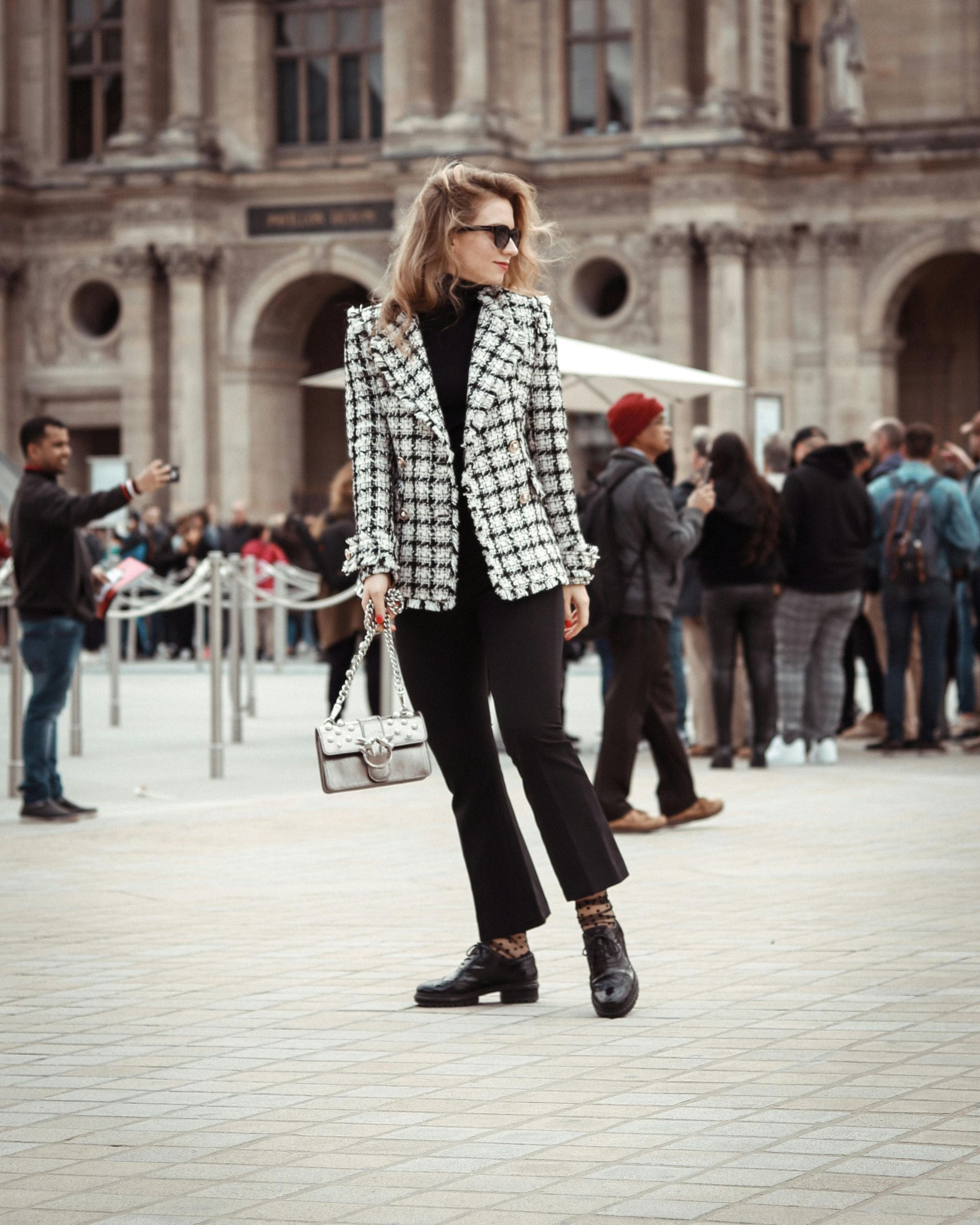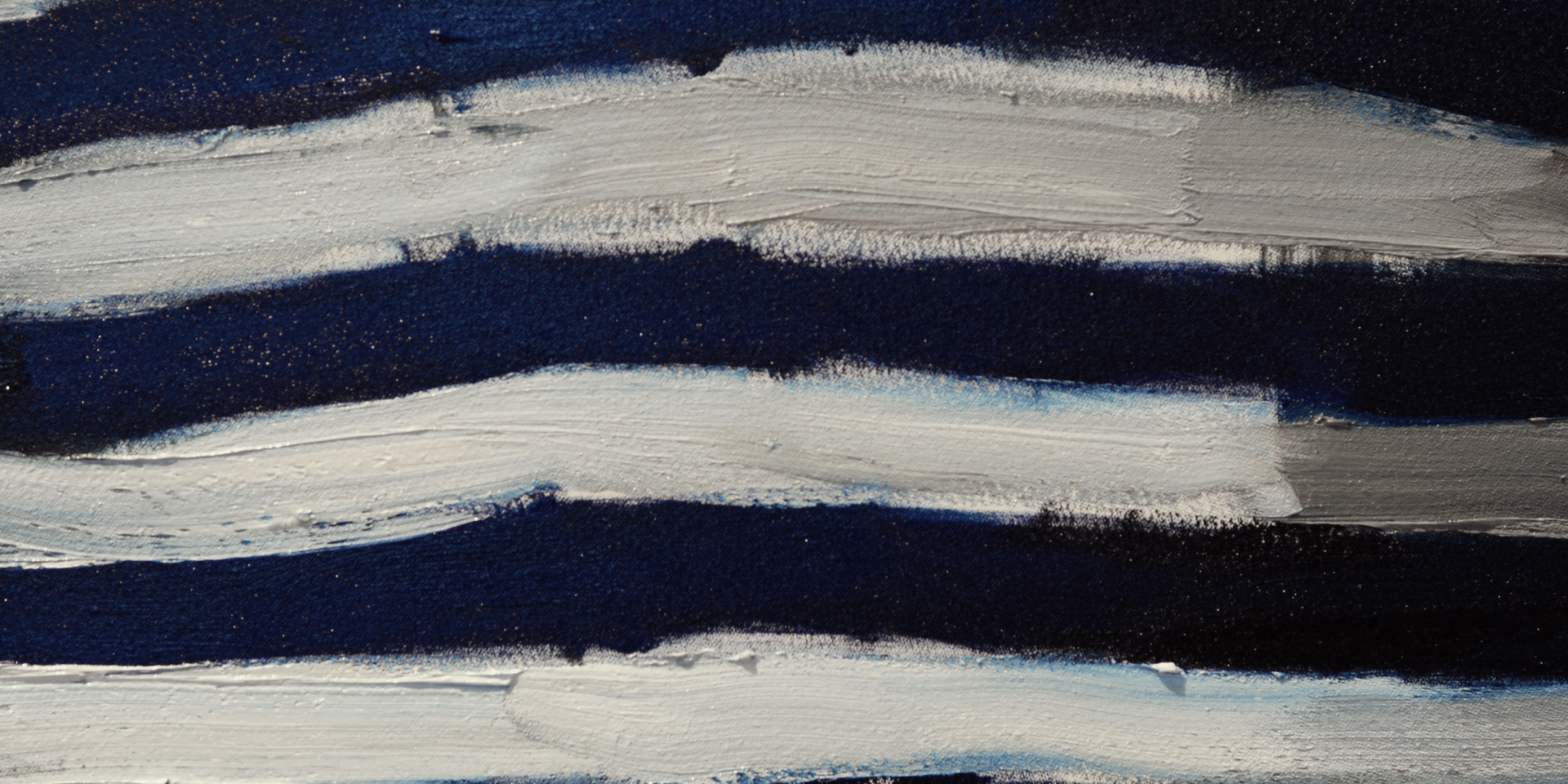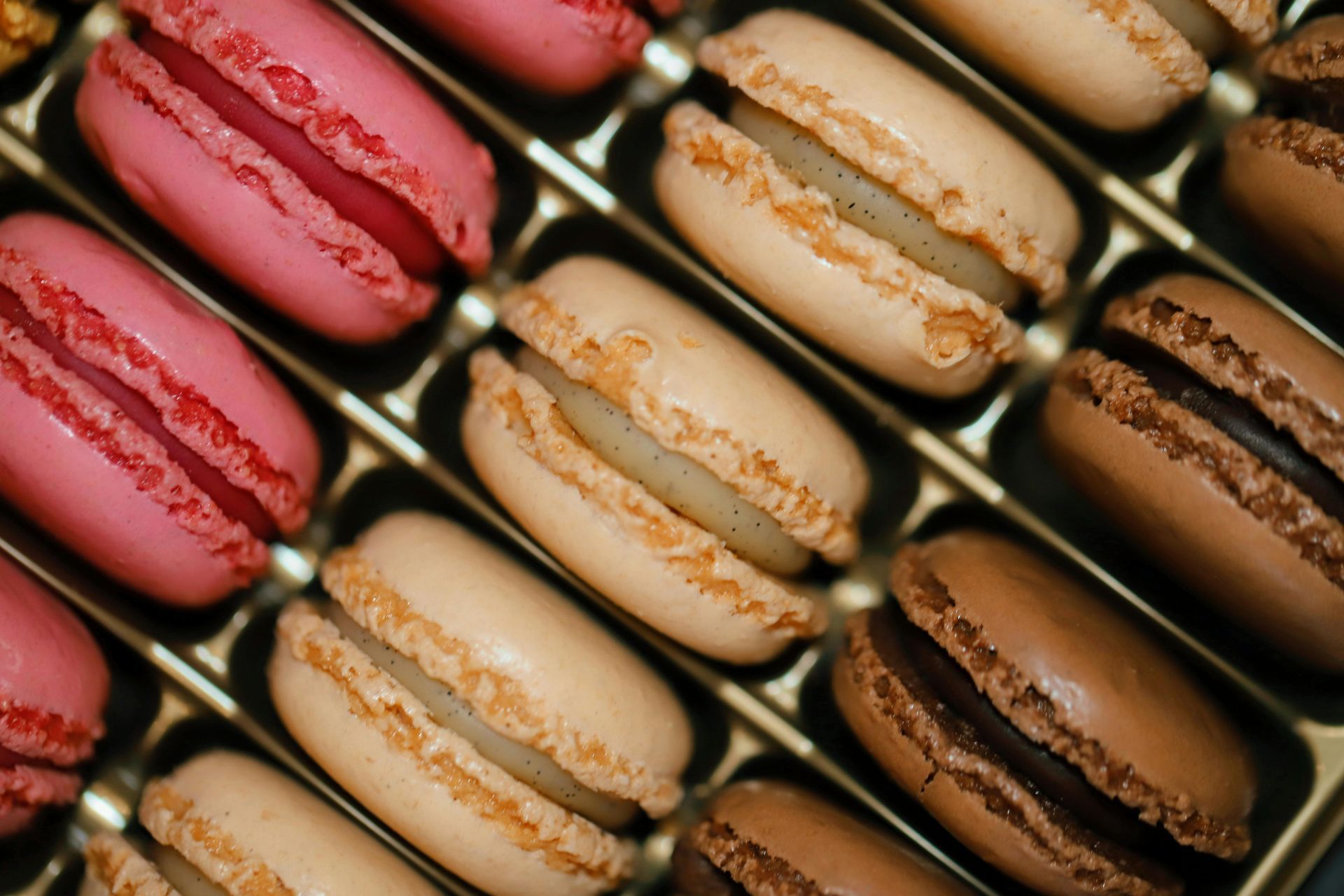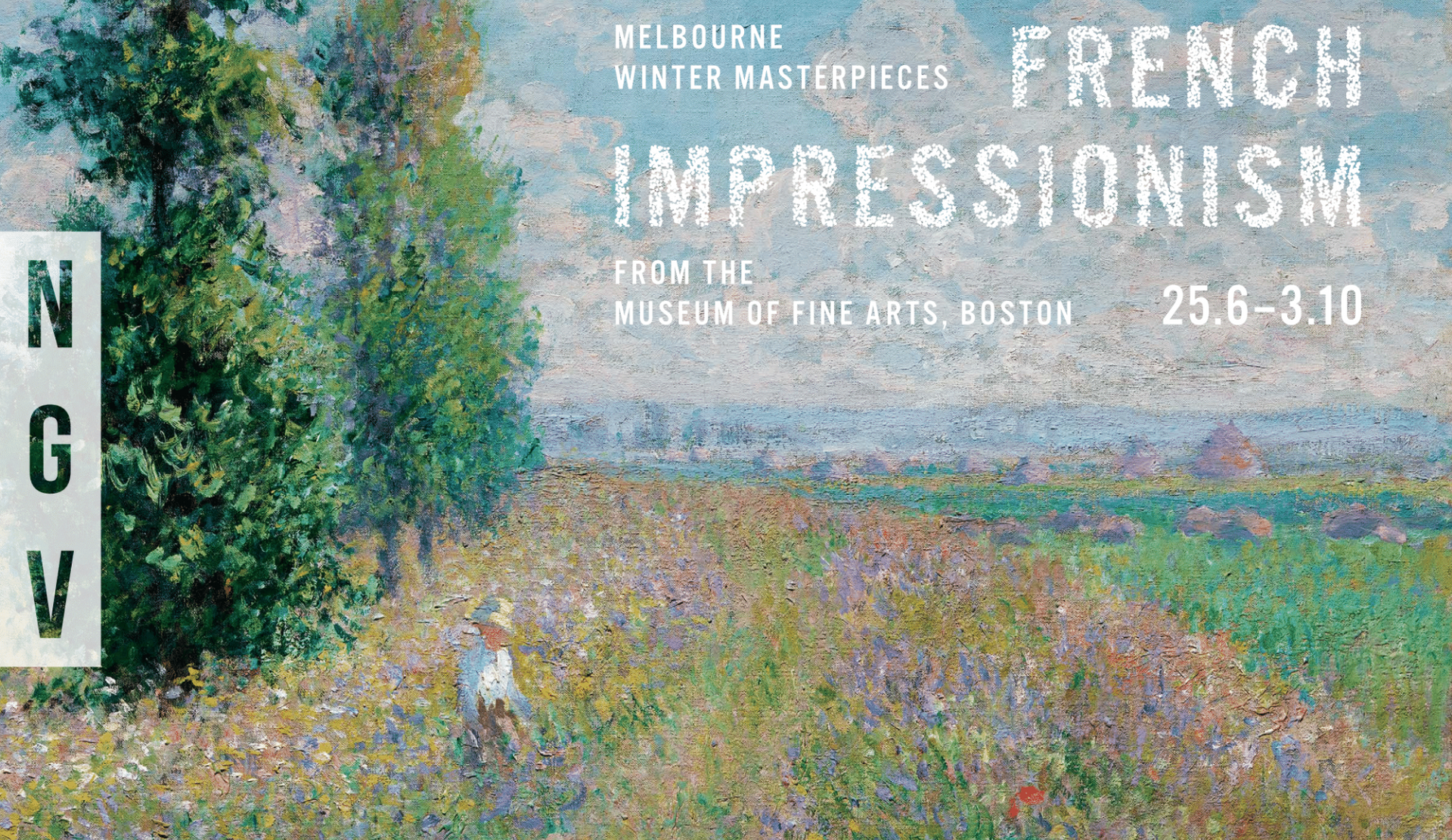Gabrielle Chanel Fashion Manifesto

Lucky Melbourne, a feast for your eyes awaits you at the National Gallery of Victoria. The exhibition will run until 25 April 2022 and is open daily from 10 am to 5 pm.
Gabrielle Chanel, nicknamed “COCO”, a name she inherited during her short time singing in cabarets, was a French fashion designer. Coco means “darling” in French. As we reflect on Gabrielle Chanel’s legacy during the month of March, we also celebrate International Women’s Day. Chanel was a designer during a male-dominated era from the 1930s onwards until her death in 1971. She pioneered minimalism and a more casual style of clothing for women. She recognised that women needed to be free from corsets and designed modern and casual elegant garments, well before our time.
Gabrielle did not come from a privileged background. She was placed in a convent – which ran an orphanage – following her mother’s death at age 11. It was there she took up a needle and thread. Through hard work and enviable business acumen, she succeeded in leaving her mark and her unique fashion legacy on the world.
The NGV exhibition explores Chanel’s journey from the birth and evolution of the famous Chanel style. Very early in her career, Chanel embraced jerseys for the freedom they could bring to everyday garments. She used tweeds and wools for their warmth, texture, lively colours and interest, most famously for suits and close-fitting dresses. She strived to make women comfortable and elegant. She succeeded in influencing women to build a timeless wardrobe of staples such as the famous striped Breton boat neck t-shirt.
What can you expect to view?
You will be delighted to see hats adorned with ribbons and feathers, as Chanel began her career as a creator and “couturière” as a milliner, at 21 rue de Cambon, Paris in the early years of the 20th century, when Paris was already a fashion capital.
As you move through the first room of the exhibition you will be delighted by the use of silk chiffon feather-light gowns and silks, and broderie anglaise in cottons, princess line dresses known for their graceful fit and elegance.
You will see the first of jersey garments for women and loose-fitting evening dresses from the 1920s adorned with carefully placed beads to flatter the female form, magnificent coats embroidered with silk thread, capes in crepe and silk adorned with feathers, dresses meticulously embroidered with sequins in crepes and georgettes.
Gabrielle Chanel (designer)
Evening dress spring–summer 1939
printed silk, dyed ostrich feathers
Museum of Applied Arts and Sciences
Sydney
Photo © Julien T. Hamon
Gabrielle Chanel (designer)
Suit comprising jacket, skirt and blouse
spring–summer 1966 (detail)
overpainted wool, raw silk, gilt-gold metal
National Gallery of Victoria, Melbourne
Presented through The Art Foundation of
Victoria by Mrs Angela Wood, Member, 2000
Photo: Narelle Wilson, NGV
The exhibition includes a remarkable collection of the Chanel suits displayed majestically at the NGV in a large and stunningly presented room. These exquisite suits are arranged in rows to give you the impression of a classic Parisian fashion show.
The two-piece suits, “le costume”, began to appear for women in the late 1800s but they were plain in neutral colours such as greys and beiges. Chanel re-designed the suit with only a few seams for a flattering fit and her famous faux wrap skirt to allow women to walk with ease, elegance and, most importantly, comfort.
The bodice of the Chanel “gilet” or cardigan was made up of only four pieces, skimming the body perfectly. The silk lining was famously quilted to the fabric to allow it to gently mould the body for a flattering fit.
The sleeves were made of an unusual three pieces to allow them to be closely fitted and to allow free movement without the sleeve riding up when lifting the arms. It also allowed the use of interesting trims and embellishments on the cuffs. And there were “real” pockets. Because Mademoiselle enjoyed the freedom of pockets.
You may catch a glimpse or two of the metal chains added to the hemline of the bodice ensuring that the jacket is weighted and hangs perfectly across the wearer’s body.
The Exhibition also showcases breathtaking accessories to build upon women’s style such as custom jewellery, gloves, the famous bag and the two-toned slingback shoes.
An exhibition “à ne pas manquer”, not to be missed, awaits your visit to the National Gallery of Victoria.










